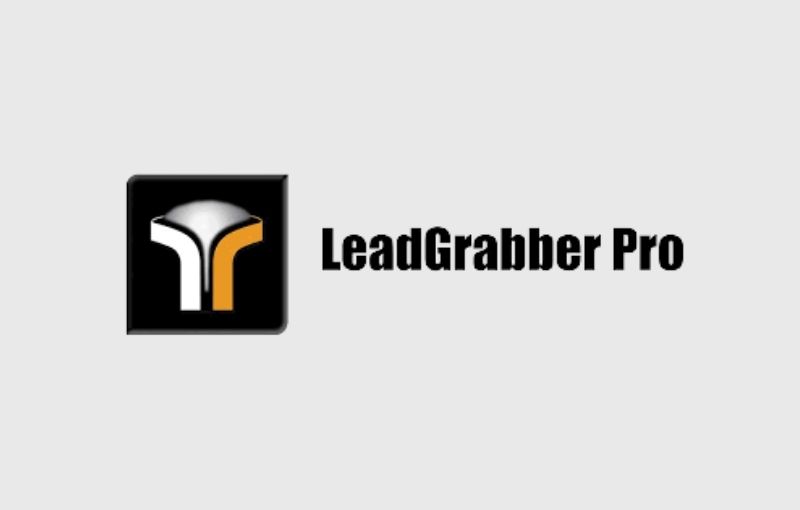Wrap It Up: Velocity in Tech Recruiting
In the first piece of this trilogy, we discussed prioritization and the steps needed to help you shift into high-speed recruiting in a candidate’s market. The second article focused on small adjustments that can be made to maintain recruiting velocity and improve candidate experience and throughput. Here, we’ll discuss how to shift and adapt in even more involved and intricate ways.
Part 3: Complexity
In addition to many little adjustments to daily behavior and the way we treat candidates, there are also changes taking place in process, financial resource allocation and the overall screening that may take a little longer to deploy but will have significant impact on velocity.
Adopt a Standardized Interview Process
Ask questions that acknowledge bias while being concise enough to indicate a candidate’s skill level without a skills assessment. Multiple interviews with hiring managers and panels, along with skills evaluation tests, will add at least another week or more to the interview process.
A recent article in the San Diego Times explained how many technology companies are foregoing technical skills evaluations and relying more on tactical interview questions along with reviews of projects and industry mentions and contributions.
For example, suppose an applicant for a staff-level engineering position can’t produce samples of the work they were asked to bring to their interview and has no professional contributions to share. In that case, they may be a better fit for a mid-level role. Hiring managers should not be scrutinized for an ineffective hire, but instead asked to adjust their interview questions to be more effective in catching a deficit.
By developing a group of position-specific questions aimed at the desired skill level, candidate responses can be weighed against each other to find the experience and skillset most relevant to that position. Asking for a project summary and perhaps an example of a sanitized work product to review can add nuance to a candidate’s relevant experience where assessments offer only a score.
Be Open To Changing Processes
Even if the old ones served you well in the past. Agility means the willingness and the ability to quickly change processes and practices to meet the market’s demands and the customer’s needs.
It is understandable why the hiring manager may feel that waiting for the results of multiple interviews and testing to find the perfect candidate is the best way to service the customer. However, the customer may feel that having their product delivered on time or having someone in the seat of their customer liaison is the important factor, even if there is a little fine-tuning to be done.
Other changes — such as reducing the number of steps in the interview process, simplifying the online application and streamlining the offer and onboarding process — can take time to design and implement but will have a notable impact on the velocity and throughput of moving candidates through the pipeline.
Reallocate Money
Move some of the money no longer being spent on AAA office space. By leaving expensive office space behind, many companies anticipate putting those dollars back to the bottom line. But in the absence of an office environment to create synergies and a buzz around your culture of inclusiveness and learning, other things must be implemented to create cohesiveness. Dollars invested in employer branding, premium job postings, blogs and virtual recruiting events will come back to you.
Money invested in hosting tech symposiums, hack-a-thons and special events to make sure tech professionals see what innovations you are working on and the demand for your product will come back ten-fold. The more tech professionals who know who you are today, the more applicants you will get for the jobs you post tomorrow.
Applicant Base and Talent Communities
Use these shifts to build your candidate database and talent communities. Yes, 30 percent of all tech professionals will change jobs in the next year, and demand for their skills will rise by nearly 100 million jobs in just five years.
This is the long-awaited digital transformation accelerated by COVID and a need for companies to maintain functionality even when not under the same roof. This will increase applicant flow, and now is the time to get ready. Expect an increase in the number of overall applicants, which will make weeding through them more time-consuming.
Now is the perfect time to consider top end-of-funnel technologies and CRMs to track prospects’ career progression and include them in communities focused on their skills and locations. There are AI software solutions that reach out to every new job seeker in real-time, welcoming their application and standing by to answer basic questions.
There are also affordable, automated Q&A and video screening applications that can ask prescreening questions created by the recruiter or hiring manager. These help the recruiting team hone-in on hundreds of applicants to the handful with the best responses.
CRMs can manage ongoing outreach campaigns and track results over time, keeping former applicants, “silver medalists” (second choices) and coveted prospects engaged with the employer brand, new products and further innovation, waiting for the day when the prospect’s situation changes, and they reach out to you.
What better way to increase recruiting velocity and throughput than to have a pool of engaged and interested talent reaching out to you every time you post a new position?
Keep Learning
No doubt there is much more that can be done to increase recruiting velocity; please share your ideas or successes in the comments. One thing we surely can agree on — there is no magic wand to increase the speed or the number of candidates who move through the process. It’s up to us to find real-world working solutions.


















